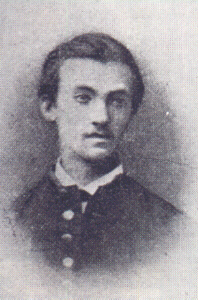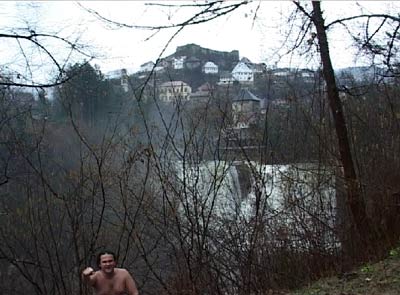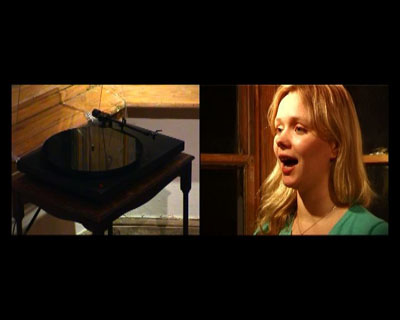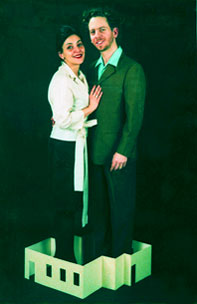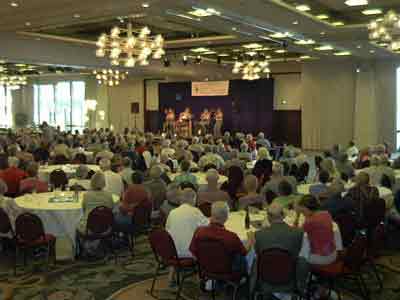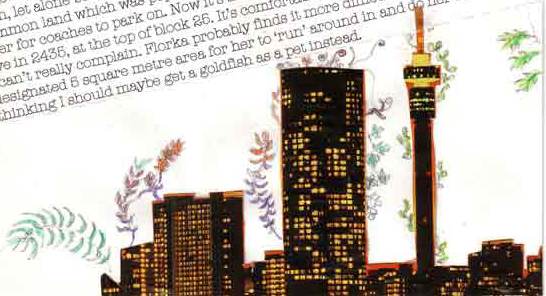As the key funder of reunion I wanted to ask Johannes Wimmer about his personal and professional interest in South East Europe and the role of the Austrian Cultural Forum in this region.
1. What is your role and responsibility as the Austrian Cultural Counsellor and Director of the Austrian Cultural Forum in London?
My assignment combines diplomatic functions with those of arts and culture management. Essentially, my mission and aim is to foster contacts, dialogue and communication between the UK and Austria on various artistic and academic planes. This involves many projects and events, most of them organised and implemented in cooperation with partners based in the UK. In the first years after its opening in 1956 as Austrian Institute, the Austrian Cultural Forum London used to function more like a club, which at the time served its purpose very well. Over the years, and in particular through the past decade, the ACF became increasingly open, reaching out to new audiences and putting a strong emphasis on contemporary cultural life. I hope that I contribute to bringing this process further – London and the UK provide wonderful opportunities in this respect.
2. Austria is currently holding the Presidency of the Council of the European Union, what is Austria's take on EU cultural policy?
Austria thinks that arts, culture and creativity have a crucial role to play in the ongoing process of European integration. Programmes such as CULTURE 2007 and the Culture Capital of Europe, which are main cultural items on the agenda during Austria’s EU Presidency, are particularly valuable instruments in proving the difference the EU can make in this regard. Consequently, Austria stresses the need to ensure adequate funding for the EU’s cultural programmes.
3. What do you think the value of exchange between practitioners is across Europe?
If we aim at promoting Europe as a democratic project, cross-border debates, exchanges of information and thoughts among practitioners are obviously essential. These are also instrumental in developing intercultural competence – across borders and at home – which to me seems quite a necessity, at least, if we are interested in – as you (Sophie) put it – “approaching the issue of gaps and misunderstandings that occur across Europe”.
4. Where do you think politics lies within culture?
There are always political connotations to any artistic or cultural expression, whether intended or not. In the realm of intentions, one usually finds certain hierarchical approaches. In virtually every political system, political, economic or social goals serve as rationales for cultural policies, which concerned practitioners may or may not approve of. In the worst cases, the subordination of cultural policies leads to very narrow focuses and various limitations on artistic freedom and creativity. As a matter of course, practitioners may think along their own hierarchical lines as well, with sometimes equally adverse results. Ideally, I would like to think of a decidedly equitable interaction between the cultural and the political, including the exchange between practitioners.
5. Can you explain your (personal / professional), interest in South East Europe?
I am born in Graz, capital of the province of Styria, in the south east of Austria, about 40 kilometres from the border to Slovenia. The name Graz is derived from the Slavic/Slovenian word gradec, which means “little fortress”. All over Styria people, places and foods carry names clearly indicating a long coexistence of different languages and living together of their speakers. The same holds true for a good number of other regions in Austria. So for me, there is of course a sense of belonging.
When I was a teenager it really fascinated me to cross the rather well guarded international border between Austria and then Yugoslavia to find landscapes, people and places in Stajerska (the Slovenian name for Styria) appearing quite familiar, while obviously much else was so entirely different, as a result of the region’s violent and painful divisions in the course of two world wars and their aftermaths.
Interestingly, a very remarkable cross-border artistic and cultural exchange started in Graz with the first “Trigon” biennale in 1963 which brought together 130 artists from Italy, Yugoslavia and Austria. Ten years later, in 1973, Trigon presented video art on a big scale for the first time in Europe, combining projects by artists from Austria, Italy, and Yugoslavia with a large selection of videos by U.S. artists. Artists from Yugoslavia were also regular participants in the new arts festival “styrian autumn” (steirischer herbst) since 1968. By establishing a public creative space, this cross-border cultural cooperation transcended the many political limitations of the time.
Seen from a professional side, a keen interest in what happens in South East Europe and in the Western Balkans in particular and seems to be very natural for an Austrian diplomat.
Very sadly, the disintegration of Yugoslavia and many years of bitter, armed conflicts since 1991 have shown the endless, massive challenges facing the peaceful exploration of the political and the cultural on our own continent, and in Austria’s immediate neighbourhood, till this date. I must admit that I still very much struggle to come to terms with what happened. And yet, considering the enormous creative and innovative energy in the countries of that region, I hope and trust that despite all recent hardship, disruption and instability, this positive creative spirit will finally prevail over all self-destructive impulses.
And there have been many very positive developments in recent years. Our neighbour Slovenia joined the EU in 2004. Croatia and Macedonia recently became applicant countries. And it is a clear goal that all the Western Balkan countries and peoples continue to move closer to the EU.
In its own small and effective way, the Reunion-project presents us with a forward looking, down-to-earth approach to tackle important aspects of the challenges I mentioned through a lively and very open exchange among practitioners. That’s why the Austrian Cultural Forum is very happy to support the programme and its activities. I am looking forward to Reunion’s investigations, debates and events this year.
